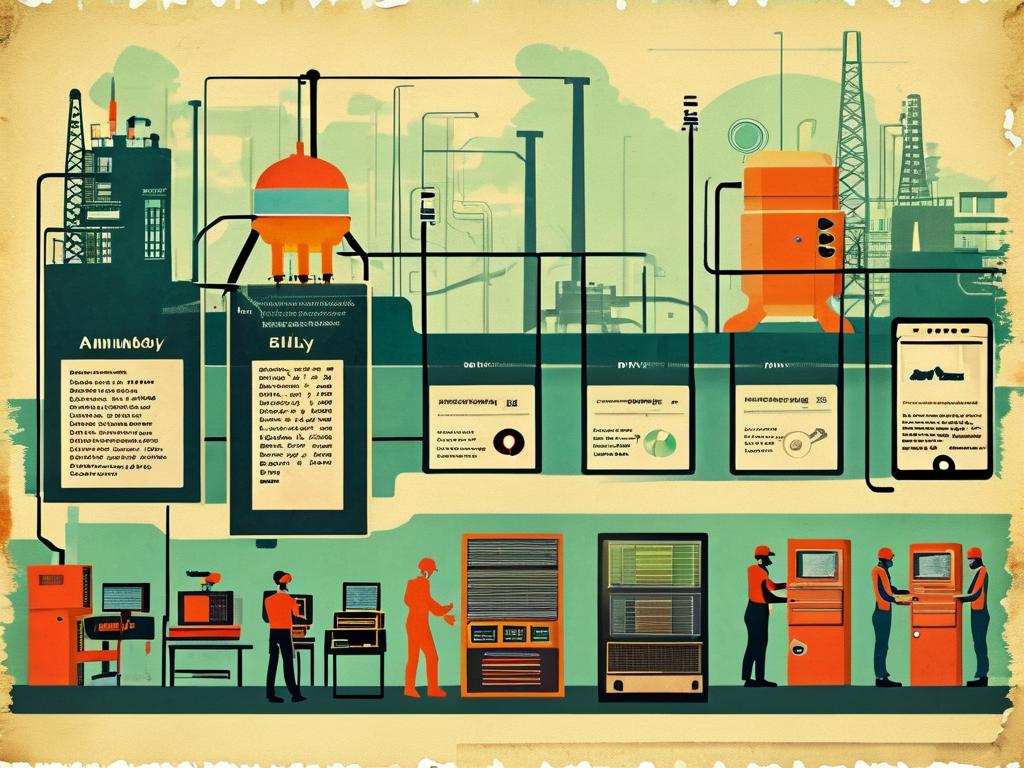In the rapidly evolving educational landscape, institutions are increasingly turning to technology to streamline operations. One critical area gaining traction is the automation of deployment processes for digital infrastructure. This approach not only enhances efficiency but also ensures consistent service delivery across academic and administrative functions.

The concept of automated deployment revolves around using tools and scripts to configure, test, and roll out software updates or system changes without manual intervention. For schools, this could range from updating classroom management software to deploying security patches across campus networks. A well-designed automation strategy reduces human error, accelerates implementation timelines, and allows IT teams to focus on strategic initiatives rather than repetitive tasks.
Key components of a school automation deployment framework typically include:
- Version Control Systems (e.g., Git):
git clone https://github.com/school/repo.git git checkout -b deployment-v1.2 - Configuration Management Tools (e.g., Ansible):
- name: Deploy LMS updates
hosts: classrooms
tasks:- apt:
name: lms-core
state: latest
- apt:
- Continuous Integration/Delivery (CI/CD) pipelines using platforms like Jenkins or GitLab
Implementation begins with auditing existing infrastructure to identify automation opportunities. Schools often start with low-risk areas such as backup systems or lab workstation provisioning before expanding to mission-critical systems. The Smithfield School District, for instance, reduced software deployment time by 70% after implementing Ansible Tower for managing 1,200 devices across six campuses.
Security remains paramount in education environments. Automation workflows must incorporate:
- Role-based access controls
- Encrypted communication channels
- Audit trails for compliance reporting
Monitoring tools like Nagios or Prometheus should be integrated to track deployment success rates and system health. Alerts can be configured for failed deployments or performance anomalies, ensuring quick resolution of issues.
Training staff represents both a challenge and opportunity. While technical teams require deep knowledge of automation tools, faculty benefit from understanding how these systems improve their teaching environment. Hybrid training models combining workshops and documentation portals have proven effective.
Budget considerations vary based on scale. Open-source tools like Terraform or Puppet offer cost-effective entry points, while enterprise solutions like Microsoft Endpoint Manager provide centralized management for larger institutions. The ROI becomes evident through reduced overtime costs and improved system reliability.
Looking ahead, emerging technologies like AI-driven anomaly detection and containerization (using Docker or Kubernetes) will further transform school deployments. Early adopters are already experimenting with predictive maintenance models that anticipate hardware failures before they disrupt classes.
Ultimately, successful automation in education requires balancing technical capabilities with pedagogical needs. By phasing implementations and prioritizing stakeholder buy-in, schools can build resilient digital ecosystems that support both current operations and future innovation.









